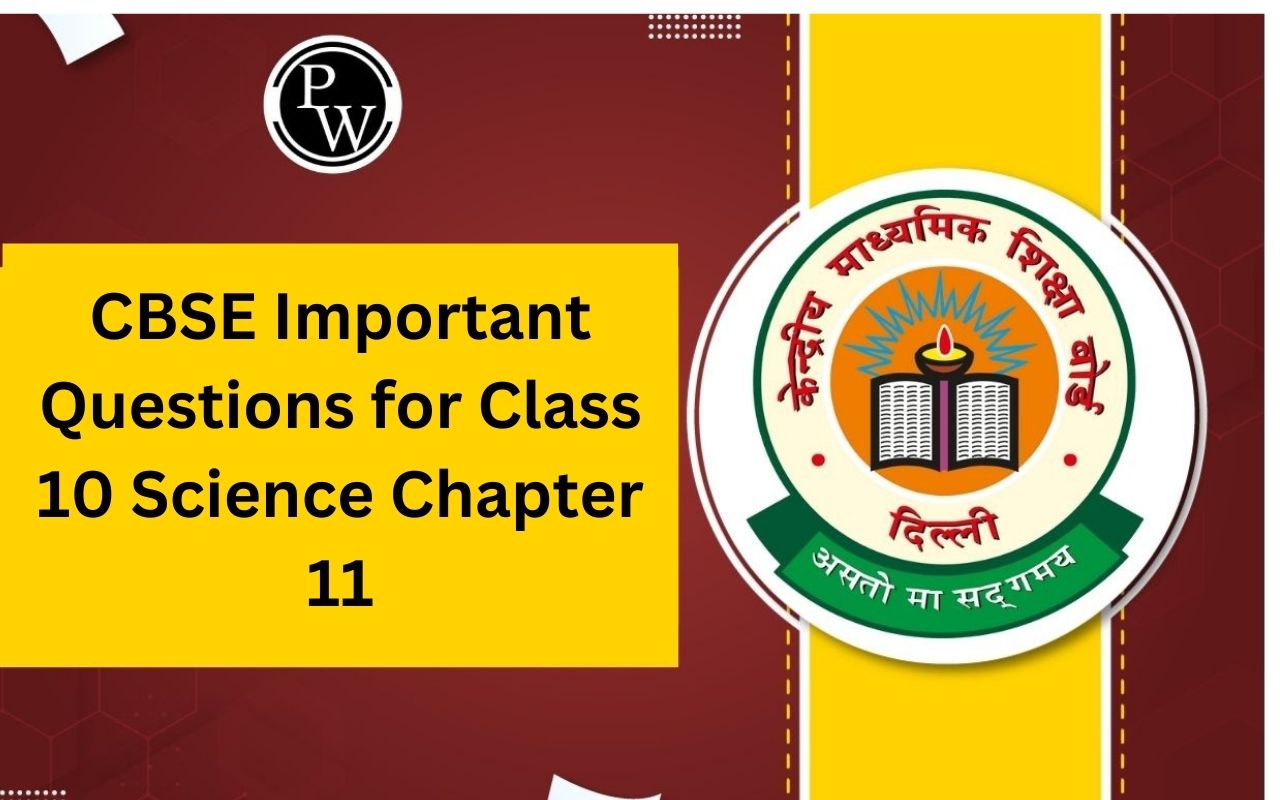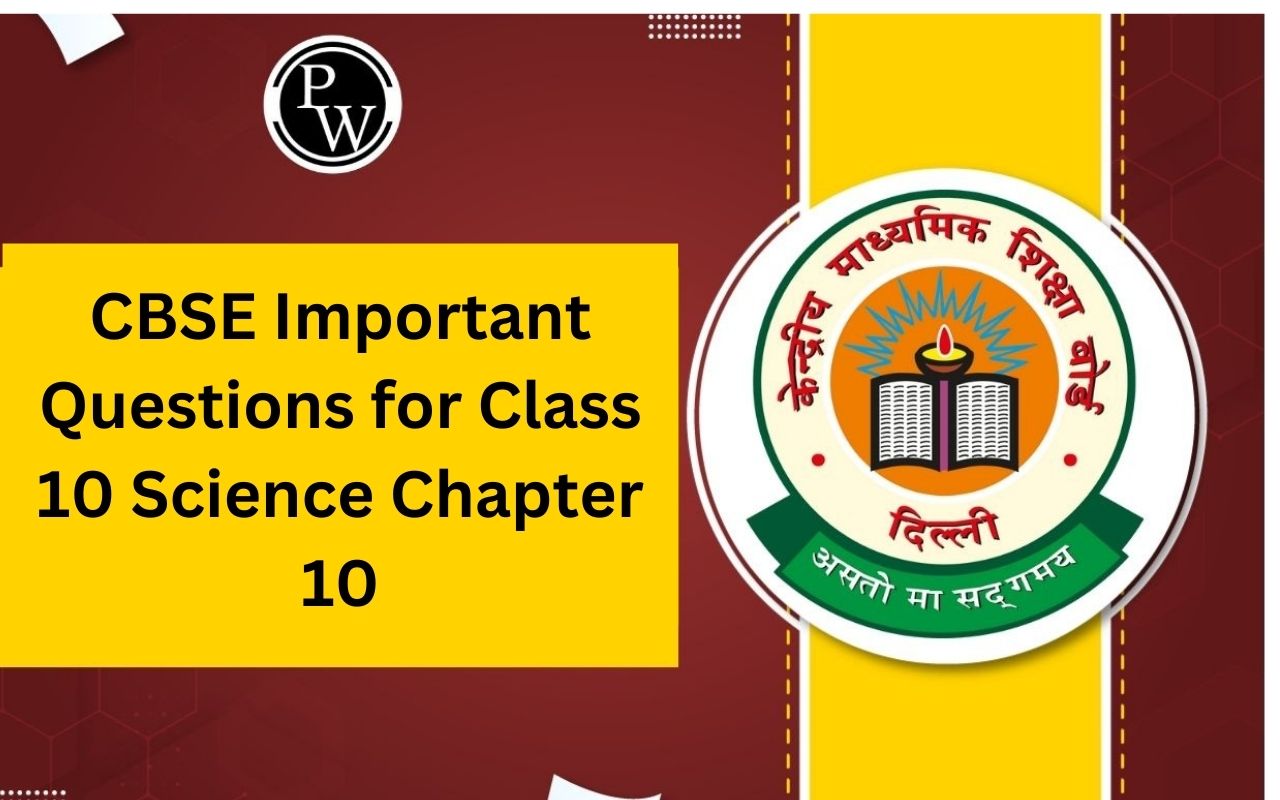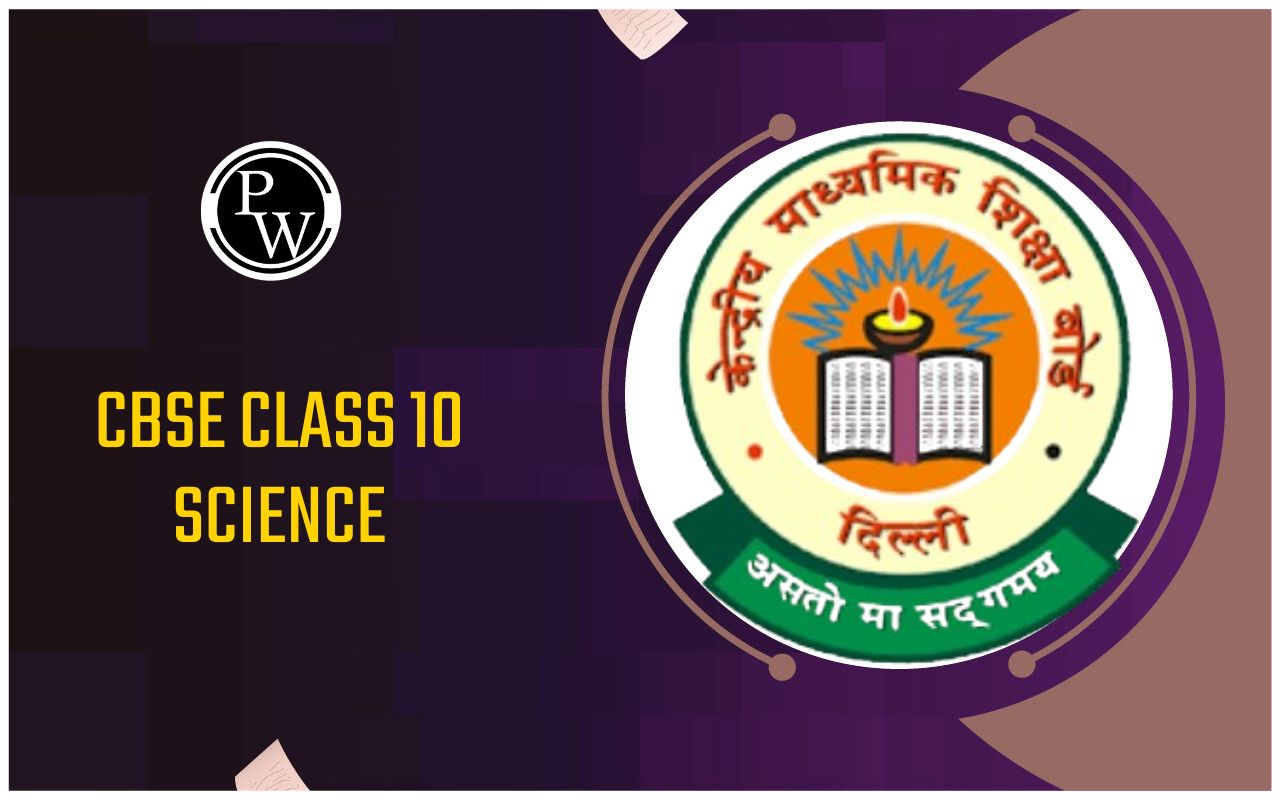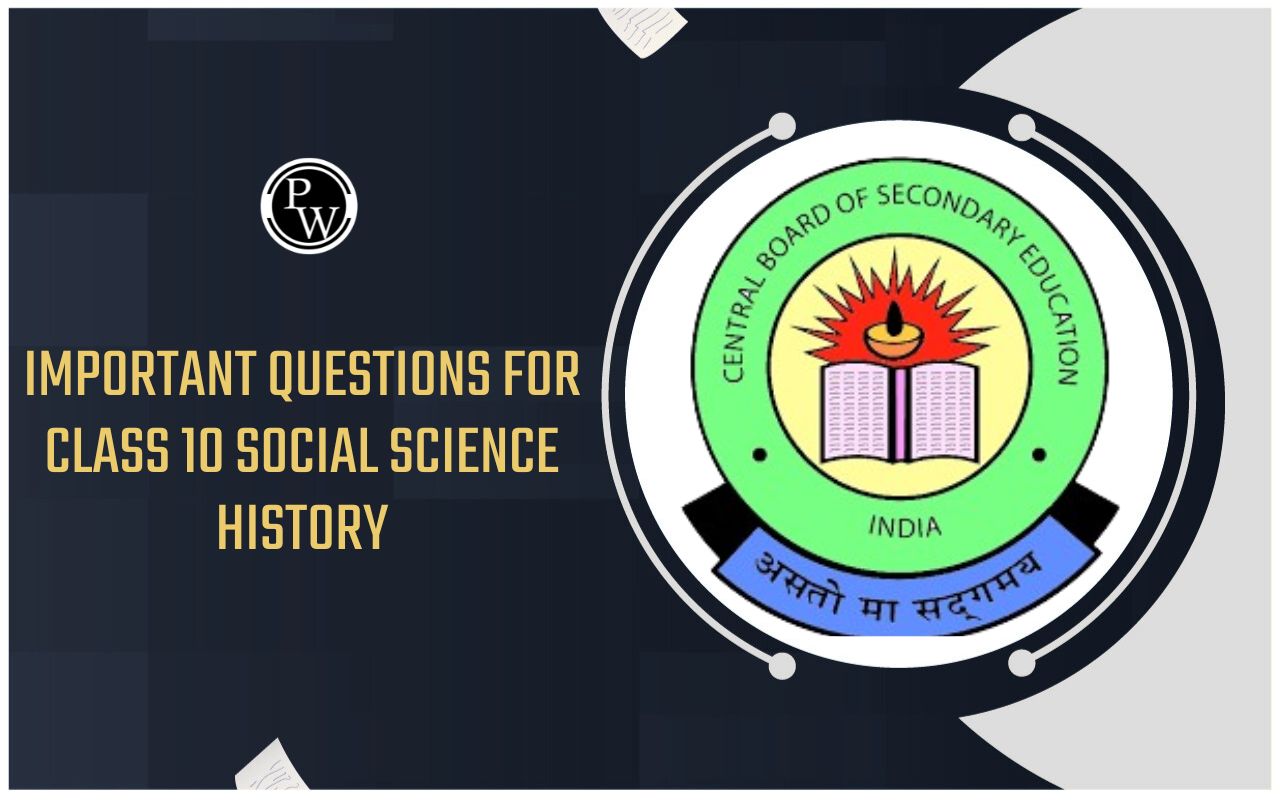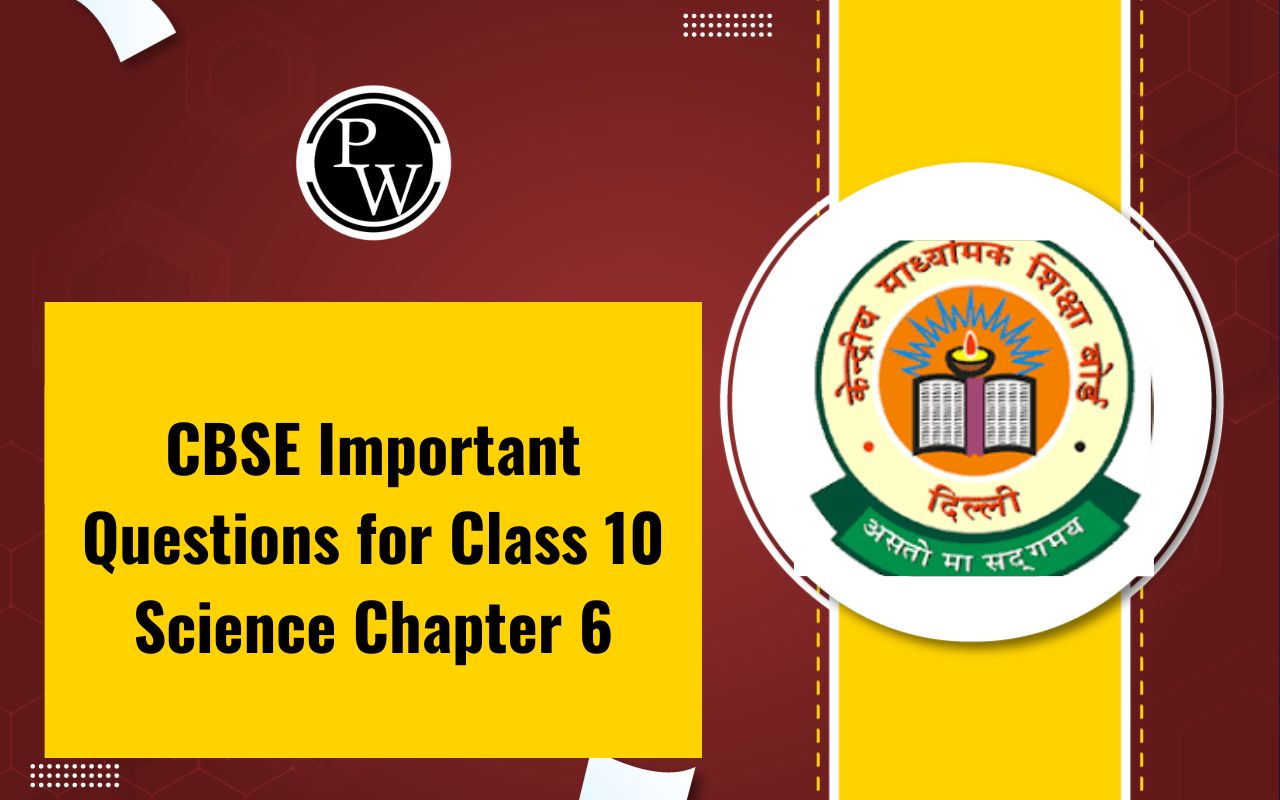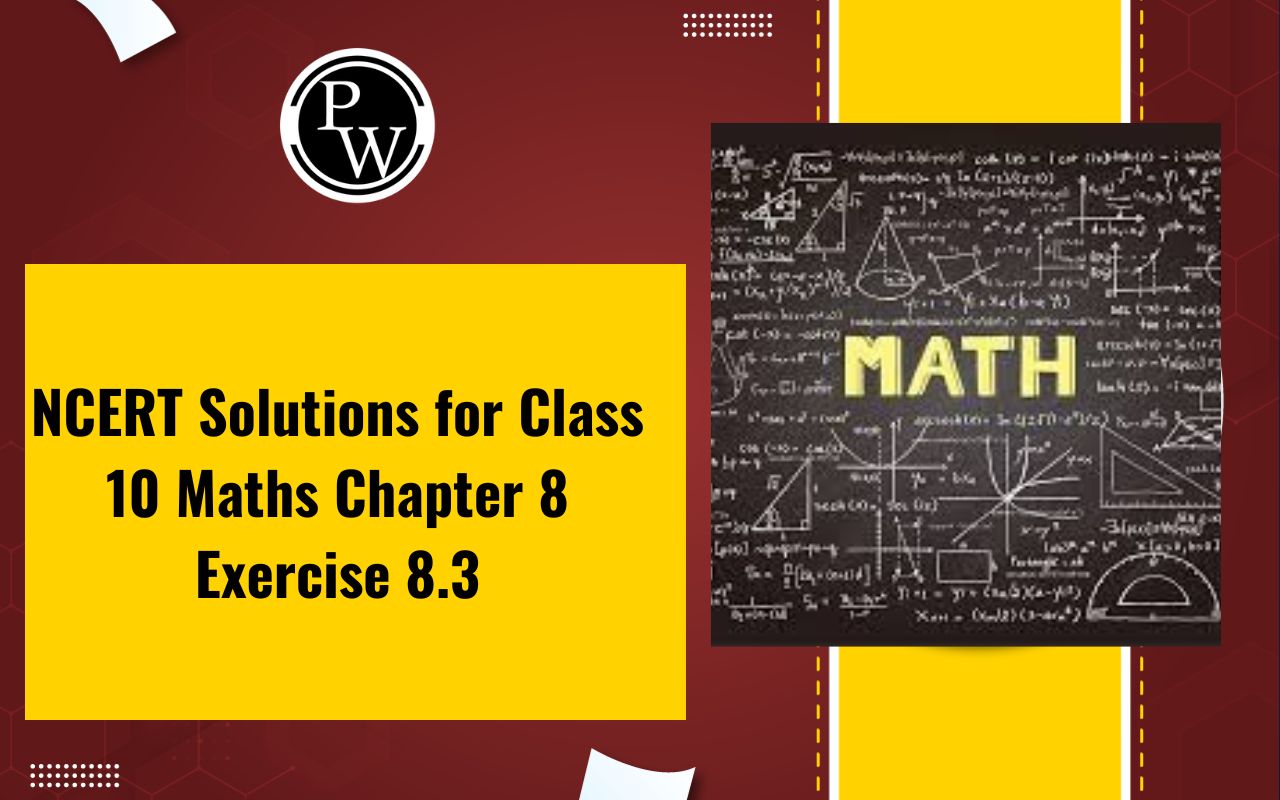
RD Sharma Solutions Class 10 Maths Chapter 3 Exercise 3.8: In RD Sharma Class 10 Maths Chapter 3, Exercise 3.8 focuses on solving pairs of linear equations in two variables using different methods. This exercise builds on concepts like graphical representation, substitution, elimination, and cross-multiplication to find solutions for pairs of linear equations.
Students learn to set up equations based on given conditions and systematically solve for variables to meet specific problem criteria. The exercise enhances students' ability to analyze real-life situations where two variables impact one another and improves their algebraic manipulation skills, which is essential for advanced mathematical understanding.RD Sharma Solutions Class 10 Maths Chapter 3 Exercise 3.8 Overview
Chapter 3, Exercise 3.8 in RD Sharma's Class 10 Maths book focuses on solving pairs of linear equations in two variables, a fundamental concept in algebra. This exercise teaches methods like substitution, elimination, and cross-multiplication, which are essential for understanding the behavior of two linear equations and their graphical representation.Mastering this concept is important as it lays the foundation for solving real-life problems involving simultaneous equations, like budgeting, pricing, and optimization. Additionally, proficiency in these methods prepares students for more complex mathematical topics in higher grades and competitive exams.
RD Sharma Solutions Class 10 Maths Chapter 3 Ex 3.8 PDF
In this section, we present the RD Sharma Solutions for Class 10 Maths, specifically focusing on Chapter 3, Exercise 3.8, which covers Pair of Linear Equations in Two Variables. This exercise provides comprehensive solutions to various problems, enhancing students' understanding of the topic. By solving these equations, learners will grasp how to find the values of variables that satisfy both equations simultaneously. For a detailed exploration, we have provided a PDF that includes all the solutions for easy reference and study.RD Sharma Solutions Class 10 Maths Chapter 3 Exercise 3.8 PDF
RD Sharma Solutions Class 10 Maths Chapter 3 Exercise 3.8 Pair of Linear Equations in Two Variables
Below is the RD Sharma Solutions Class 10 Maths Chapter 3 Exercise 3.8 Pair of Linear Equations in Two Variables -1. The numerator of a fraction is 4 less than the denominator. If the numerator is decreased by 2 and denominator is increased by 1, then the denominator is eight times the numerator. Find the fraction.
Solution:
Let’s assume the numerator of the fraction to be x and the denominator of the fraction to be y. So, the required fraction is x/y. From the question, it’s given that: The numerator of the fraction is 4 less than the denominator. Thus, the equation so formed is, x = y – 4 ⇒ x – y = −4 …… (i) And also, it’s given in the question as, If the numerator is decreased by 2 and the denominator is increased by 1, then the denominator is 8 times the numerator. Putting the above condition in an equation, we get y + 1 = 8(x-2) ⇒ y + 1 = 8x–16 ⇒ 8x – y = 1 + 16 ⇒ 8x – y = 17 …… (ii) Solving (i) and (ii), Subtracting equation (ii) from (i), we get (x – y) – (8x – y) = – 4 – 17 ⇒ x – y − 8x + y = −21 ⇒ −7x = −21 ⇒ x = 21/7 ⇒ x = 3 Substituting the value of x =3 in equation (i), we find y 3 – y = – 4 ⇒ y = 3+4 ⇒ y = 7 Therefore, the fraction is 3/7.2. A fraction becomes 9/ 11 if 2 is added to both numerator and the denominator. If 3 is added to both the numerator and the denominator it becomes 5/ 6. Find the fraction.
Solution:
Let’s assume the numerator of the fraction to be x and the denominator of the fraction to be y. So, the required fraction is x/y. From the question, it’s given as, If 2 is added to both the numerator and the denominator, the fraction becomes 9/ 11 . Thus, the equation so formed is, x + 2y + 2 = 9/ 11 ⇒ 11(x+2) = 9(y+2) ⇒ 11x + 22 = 9y+18 ⇒ 11x – 9y = 18 – 22 ⇒ 11x – 9y + 4 = 0 ……. (i) And also, it’s given in the question as, If 3 is added to both the numerator and the denominator, the fraction becomes 5/ 6, Expressing the above condition in an equation, we have x + 3y + 3 = 56 ⇒ 6(x+3) = 5(y+3) ⇒ 6x + 18 = 5y + 15 ⇒ 6x – 5y = 15 – 18 ⇒ 6x – 5y + 3 = 0…….. (ii) Solving (i) and (ii), to find the fraction By using the cross-multiplication method, we have x = 7, y = 9 Hence, the required fraction is 7/ 9.
x = 7, y = 9 Hence, the required fraction is 7/ 9.
3. A fraction becomes 1/ 3 if 1 is subtracted from both its numerator and denominator. If 1 is added to both the numerator and denominator, it becomes 1/ 2. Find the fraction.
Solution:
Let’s assume the numerator of the fraction to be x and the denominator of the fraction to be y. So, the required fraction is x/y. From the question, it’s given that: If 1 is subtracted from both the numerator and the denominator, the fraction becomes 1/ 3. Thus, the equation so formed is, (x – 1)/ (y −1) = 1/ 3 ⇒ 3(x–1) = (y–1) ⇒ 3x – 3 = y – 1 ⇒ 3x – y – 2 = 0…. (i) And also, it’s given in the question as, If 1 is added to both the numerator and the denominator, the fraction becomes 12. Expressing the above condition in an equation, we have (x+1)/ (y+1) = 1/ 2 ⇒ 2(x+1) = (y+1) ⇒ 2x + 2 = y + 1 ⇒ 2x – y + 1 = 0 …….. (ii) Solving (i) and (ii), to find the fraction By using cross-multiplication, we have ⇒ x = 3, y = 7 Hence, the required fraction is 3/7.
⇒ x = 3, y = 7 Hence, the required fraction is 3/7.
4. If we add 1 to the numerator and subtract 1 from the denominator, a fraction becomes 1. It also becomes 1/2 if we only add 1 to the denominator. What is the fraction?
Solution:
Let’s assume the numerator of the fraction to be x and the denominator of the fraction to be y. So, the required fraction is x/y. From the question, it’s given that: If 1 is added to the numerator and 1 is subtracted from the denominator, the fraction becomes 1. Thus, the equation so formed is, (x +1)/ (y−1) = 1 ⇒ (x+1) = (y–1) ⇒ x + 1 – y + 1 = 0 ⇒ x – y + 2 = 0 …….. (i) And also, it’s given in the question as, If 1 is added to the denominator, the fraction becomes 12. Expressing the above condition in an equation, we have x/ (y+1) = 1/ 2 ⇒ 2x = (y+1) ⇒ 2x – y – 1 = 0 …… (ii) Solving (i) and (ii), to find the fraction By using cross-multiplication, we have ⇒x = 3, y = 5 Hence, the required fraction is 3/ 5.
⇒x = 3, y = 5 Hence, the required fraction is 3/ 5.
5. The sum of the numerator and denominator of a fraction is 12. If the denominator is increased by 3, the fraction becomes 12. Find the fraction.
Solution:
Let’s assume the numerator of the fraction to be x and the denominator of the fraction to be y. So, the required fraction is x/y. From the question, it’s given that: The sum of the numerator and denominator of the fraction is 12. Thus, the equation so formed is, x + y = 12 ⇒ x + y – 12 = 0 And also, it’s given in the question as, If the denominator is increased by 3, the fraction becomes 1/2. Putting this as an equation, we get x/ (y+3) = 1/2 ⇒ 2x = (y+3) ⇒ 2x – y – 3 = 0 The two equations are, x + y – 12 = 0…… (i) 2x – y – 3 = 0…….. (ii) Adding (i) and (ii), we get x + y – 12 + (2x – y – 3) = 0 ⇒ 3x -15 = 0 ⇒ x = 5 Using x = 5 in (i), we find y 5 + y – 12 = 0 ⇒ y = 7 Therefore, the required fraction is 5/7.Benefits of Solving RD Sharma Solutions Class 10 Maths Chapter 3 Exercise 3.8
Solving RD Sharma's Solutions for Class 10 Maths Chapter 3 Exercise 3.8 on Pair of Linear Equations in Two Variables offers several benefits for students:Conceptual Understanding : This exercise focuses on various methods of solving linear equations, such as substitution and elimination. Working through these problems helps students develop a solid understanding of the concepts behind these methods.
Application of Theory : The problems in this exercise apply theoretical concepts to real-world situations, which enhances comprehension and retention of the subject matter.
Problem-Solving Skills : Regular practice with varied problem types fosters critical thinking and improves problem-solving skills, which are essential not only in mathematics but in all subjects.
Exam Preparation : The types of questions found in Exercise 3.8 are similar to those encountered in board examinations. By practicing these problems, students can better prepare for their exams and improve their performance.
Confidence Building : Successfully solving problems boosts confidence in mathematical abilities. This confidence can encourage students to tackle more challenging problems in the future.
Skill Development : The exercise helps in developing analytical skills, as students learn to interpret the equations and graphical representations effectively.
RD Sharma Solutions Class 10 Maths Chapter 3 Exercise 3.8 FAQs
What causes a linear equation to have no solution?
What does it mean to have infinitely many solutions in a linear equation?
How do you know if an equation has infinite solutions?
How to know how many solutions a linear equation has?


